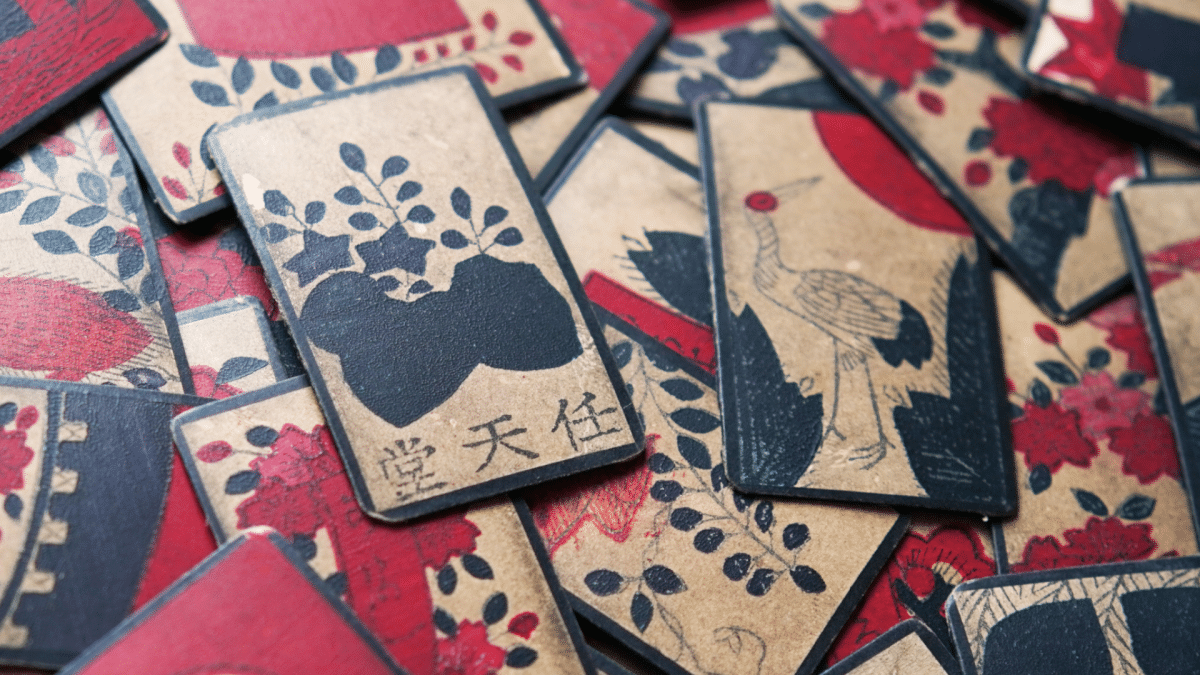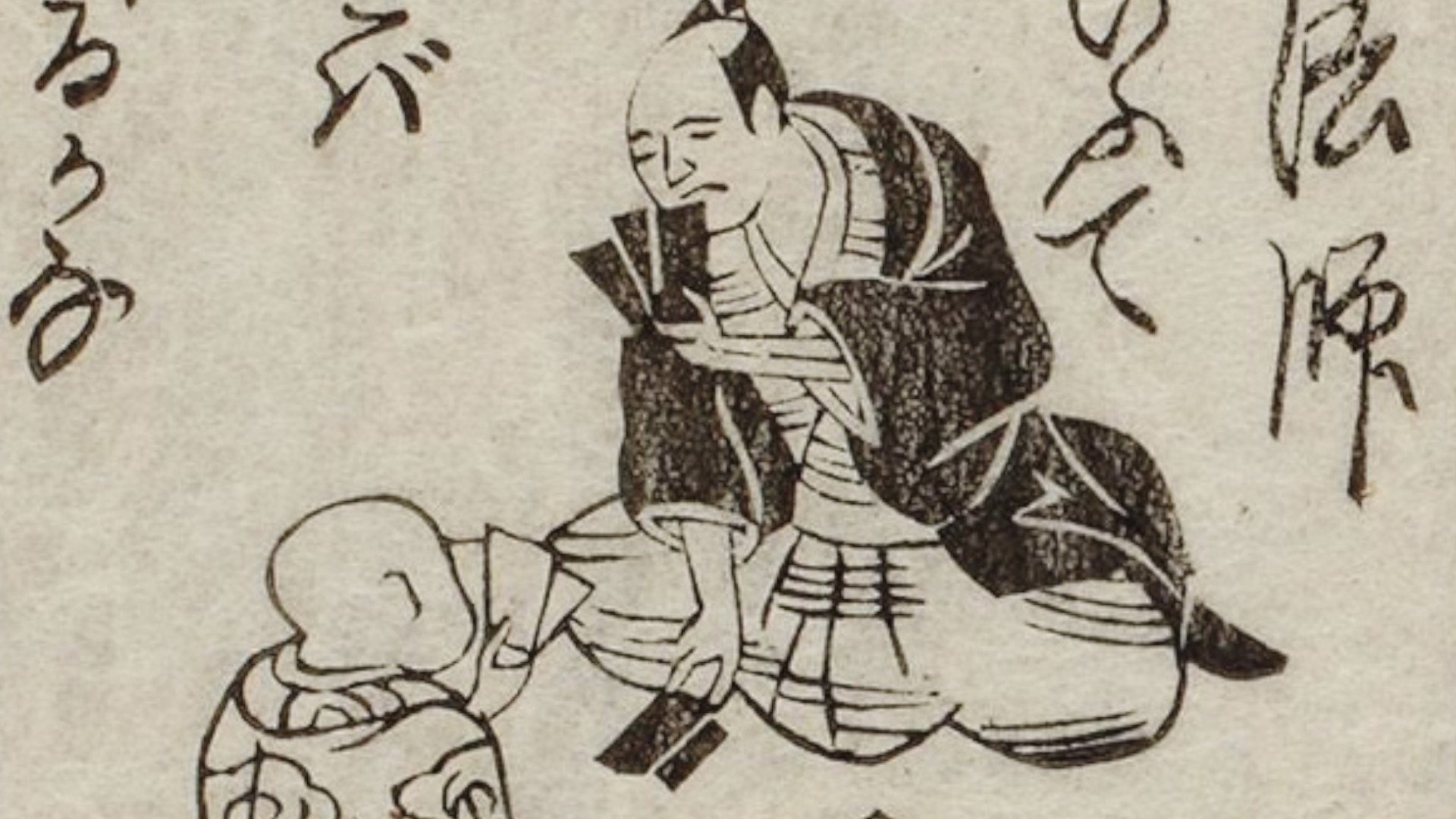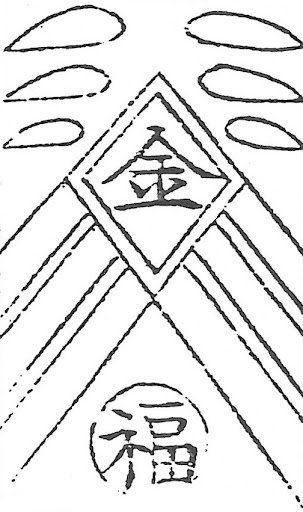
On September 23, 1889, as the story goes, Fusajiro Yamauchi founded a playing card manufacturing company called Nintendo. From these humble beginnings as one of more than 30 playing card wholesalers based in Kyoto's Shondori/Takasegawa district, the family-owned company would become the largest playing card manufacturer in the country. Under the leadership of Fusajiro's great-grandson, Hiroshi Yamauchi, Nintendo took on the emerging video game market and became the globally recognized giant we know today.
In 1889, the telephone patent was two years old, the current Edison and Tesla wars were still raging, and ocean steamers ushered in the first wave of globalization. The world was rapidly shrinking, and Japan had finally emerged from its feudal Edo period with the end of the Satsuma Rebellion 12 years earlier. You know, the one in which Tom Cruise apparently played a pivotal role...
Nintendo opened its doors in a Japan that was entering the world stage as a European-style constitutional monarchy, with a rich culture of engraving and record-keeping that rivaled that of the most advanced Western nations.
It is therefore surprising that we know almost nothing about the beginnings of Nintendo, despite being one of the best-known companies in the world. And, even stranger, what we think we know often cannot be confirmed by documentary evidence; in fact, he often contradicts himself with it.
Was Nintendo really founded in 1889?
The claim that Nintendo was founded in 1889 by 21-year-old Fusajiro Yamauchi has never been disputed. Nintendo itself lists the date on its website, and there isn't a modern Nintendo book that doesn't agree.
However, this date is probably wrong. In business directories from the Taisho periods and early Showa periods, such as Teikoku Shinyo-roku, the company's founding date is consistently given as 1892, some three years after Nintendo's claim.

I searched through hundreds of documents in the National Diet Library of Japan, and the first mention of the 1889 date that I found was a listing in the 1936 edition of Teikoku Shinyo-roku for Sekiryo Yamauchi, the adoptive son-in-law. Fusajiro's son. and the second boss of Nintendo. From when Fusajiro was the head of the company, every previous listing I found shows the later date. The first record of Fusajiro Yamauchi that I saw was in 1895. And, unlike most other card makers in town, he forgot to register trademarks with the patent office until 1900.
Now, it's not inconceivable that Sekiryo realized, perhaps through the unexpected discovery of an ancient document or during a conversation with his now 68-year-old father-in-law, that Fusajiro had founded the company when he was 21 instead of 24. It seems more likely that Sekiryo simply remembered the date the directory editors contacted him to double check, and then stuck.
The image of the Nintendo headquarters
A critical and knowledgeable Nintendo fan may disagree with my statement and point to this photo as proof that Nintendo existed in 1889.

In 2017, a Japanese site run by the city of Kyoto shared a photo stating that it showed Nintendo's offices shortly after the company opened. The photo has spread all over the internet, and Nintendo fans have shared this immensely romantic photo, showing a beautiful traditional Japanese building that would look right at home in a Studio Ghibli movie.
Except it can't be from 1889, not according to Japanese bicycle historians Masayuki Hasebe and Yuki Ootsu: "If the photo really had been taken in 1889, that bike would have been a wooden penny," Ootsu told me. With a kickstand, inflatable tires, and a rear rack, a bike like this would come more than a decade later. Ootsu suspects that the photo was taken between 1912 and 1930.
Nintendo under the Shogunate
There's another confusing twist to Nintendo's origin story. I argued that documentary evidence suggests that Nintendo was founded in 1892, later than popular history suggests, but there is also evidence that the company's roots could go back to the Edo period, when the shogunate still banned playing cards, a theory first. fellow card researcher Hisashi Ishikawa told me.

Fusajiro Yamauchi was not born Yamauchi but Fukui: his biological father was a man named Sosuke Fukui, and the Yamauchi family adopted him at a young age. Almost nothing is known of the Fukui family, but on what is believed to be a late Edo period playing card made public by Dr. Takashi Ebashi, there is a logo showing the character for luck, 'fuku' (福), in a circle. The same character is also used in the family name Fukui (福井). In a different printing of playing cards from the mid-Meiji period, we see the same logo again, and on several other cards there are what appear to be the first Chinese characters used to write Sosuke Fukui's first and last name. 'then' (宗) and 'fuku' (福).

This type of logo has been common in Japanese shops and businesses since the Edo period. It usually consists of a kanji or kana character inside or a specific geometric shape that you can read in a specific way. Kikkoman, the world-famous maker of soy sauce, gets its name from its logo, the character for "man" (萬) inside a hexagonal shape known as "kikko" in Japanese. Similarly, anything inside a circle is prefixed with "maru-", so the "fuku" character inside a circle is usually read as Marufuku. As die-hard Nintendo fans know, Nintendo still uses this logo, albeit in a more stylized form, on its hanafuda cards.
The evidence isn't definitive, but it seems likely that Fusajiro's biological father made those first two card impressions, and that the "fuku" in the Marufuku logo that Nintendo still uses today comes from the last name Fukui. .
What's wrong with hanafuda?
One of the reasons Nintendo's history is difficult to study is because of the card game it was built on: hanafuda. While Nintendo is a notable playing card manufacturer, playing card historians in Japan have mostly focused on more respectable card games like Hyakunin Isshu Karuta and Iroha Karuta, where Nintendo has always been a bit of a gamer.

You might be wondering what's wrong with hanafuda. The cards are beautifully delicate objects, each illustrated with a scene of birds and flowers in what appears to be quintessentially refined Japanese imagery. While all of this is true, the cards have had an image problem for as long as Nintendo has existed due to hanafuda's strong association with illegal gambling.
Illegal and semi-legal games of chance like pachinko are, in turn, strongly associated with Japanese organized crime, the yakuza. The word "yakuza" itself comes from a bad hanafuda hand, 8-9-3 (although, strictly speaking, it's a hand from a related card game called oicho kabu). As Japan moves towards introducing a casino monopoly, the preparatory committee has publicly stated that under no circumstances will hanafuda be played in any of the three casinos being built.
This marijuana story is part of why Nintendo hasn't liked embracing its past. However, plans to open a Nintendo museum south of Kyoto in 2024 suggest that may change. And, with more books and documents held by Japan's National Diet Library being digitized each year, there are likely to be more discoveries waiting just around the corner.
Marcus Richert is a playing card researcher and an active member of the International Playing Card Society. He is currently launching a handmade hanafuda card game with Oishi Tengudo, the world's oldest still-active card maker and perhaps Nintendo's oldest rival.